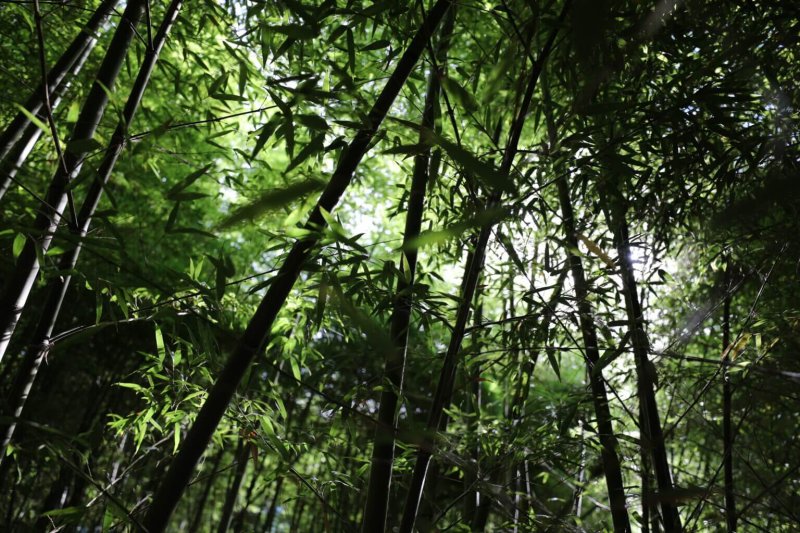Bamboo has a reputation problem in North America, registering in the collective imagination somewhere between tiki torches and a pain-in-the-ass invasive that’s threatening to take over both your yard and the neighbor’s too. Americans seem comfortable as long it’s relegated to a small area with a tightly controlled perimeter, performing its elegant role as a niche ornamental.
But that’s not the way bamboo grows on other parts of the planet. Given sway, bamboo’s roots will move intelligently toward water, and when many bamboo species (there are over 1,500) find a good place, they will mature into a true phenomenon: a fast-growing forest.
Emphasis on fast. In Japan, researchers clocked a Phyllostachys edulis growing 47.6 inches in one day. Over the last year, as the world has watched its timber forests eaten alive by wildfires, the idea of a replacement, carbon-thirsty forest that could grow to full maturity in a decade rather than a century is incredibly compelling to scientists desperately seeking ways to reduce greenhouse gases in the atmosphere before we trip more global warming feedback loops. As Virginia Tech bamboo materials researcher Jonas Hauptman put it, “It grows so damn fast, you can sort of stop the clock.”
If bamboo could bring in significant revenue as a crop, help revive abandoned farmland, and provide an immediate carbon sink, why wouldn’t Americans at least give it a substantial shot?































